One of the biggest challenges in eating healthy for many is simply knowing what to eat. The abundance of colorful, cleverly packaged food “products” lining the grocery store shelves is overwhelming, to say the least; each curated package making a different claim, like “heart-healthy”, “low fat”, “fat free”, “guaranteed to make you run faster, jump higher, and overall be more awesome at life”, etc. Most of us want to do the best we can for our health, so it’s easy to believe these claims (especially when it’s anything covered in chocolate!) This barrage of “health” information can certainly leave your head swirling and your grocery basket full of questionable items wrapped in the best of intentions.
I’m going to let you in on a little secret: food manufacturing companies are very loosely regulated in terms of the dietary claims they can add to their products. While a product may claim to be fat free and heart healthy, what it’s not clearly telling you is that it’s also full of sugar in multiple forms to compensate for the lack of flavor that comes from the removal of fat, or that it contains a slew of mystery ingredients just to keep it shelf stable and pleasing in texture.
So how can you enter the grocery store with confidence and leave with quality ingredients that will truly fuel and nourish you? Here are a few quick tips that you can take with you the next time you set out to tackle the grocery store jungle:
Shop primarily for whole food items that have no ingredient list. I’m talking fresh fruits and veggies, quality meats, eggs, nuts, seafood…the “it is what it is” kind of stuff. They don’t have an ingredient list because what you see is exactly what you get. No questions or confusion. And where does one find these items?
Shop the perimeter. Grocery stores are very cleverly lined out. The further into the middle aisles you go, the more processed things become. Fresh produce and meats line the perimeter of the store. Stick to these areas first to fill your cart with the good stuff, and then venture to the inner aisles with caution to round out your haul. You can also search for farmer’s markets in your area to buy locally and seasonally (the best way to get quality produce), and take out a lot of the added static and guesswork of the grocery store.
Go with a plan. You’ll be a lot more focused if you have a list, or at least a well mapped out idea of what you’re going in for. Rather than shopping just for specific recipe ingredients, perhaps try giving yourself one new recipe to try per week, and for the rest of your grocery store plunder, stock up on quality meats, fruits, fats, and veggies to fuel a little kitchen creativity.
If the ingredient list sounds like a foreign language to you, walk away. Monosodium glutamate, silicon dioxide, sorbitan monostearate, ammonium sulfate (used primarily as a fertilizer, but also found in many packaged products!), the list goes on. If most of those ingredients are things you can hardly pronounce, let alone identify in its natural environment, there’s a good chance it’s not something that’s worth your while or the burden on your body to process it. Sure, you can find the color red in nature, but Red Dye #40, not so much. Preservatives, thickeners, and colorants just don’t speak fresh. If the ingredient list is as long as your Great Aunt Mildred’s recap of her recent colonoscopy, or it’s full of foreign ingredients that you don’t recognize, just keep on moving.
Aim to keep quality, whole foods in your kitchen and pantry that will speak to you and inspire healthy cooking and eating habits. When you’re just starting out on your healthy eating journey, the grocery store can be a place of stress and frustration. Remember to always keep things simple, looking for pure, whole food ingredients first. Does that mean you’ll never buy a packaged product again? Heavens no. But learn to decipher those more processed products with a wary eye. And if you’re first filling your cart with the good stuff, that leaves less room or need for much else. Removing the guesswork makes for a much more streamlined, and I daresay enjoyable process.
What do you find challenging, confusing, or just downright frustrating about shopping for food? Let me know in the comments below! I’d love to encourage you on your healthy eating journey. Tune in next week for my list of flavor-building pantry staples to add to your kitchen for fast, nourishing, flavor-packed meals.
In loving health,
Ashley


